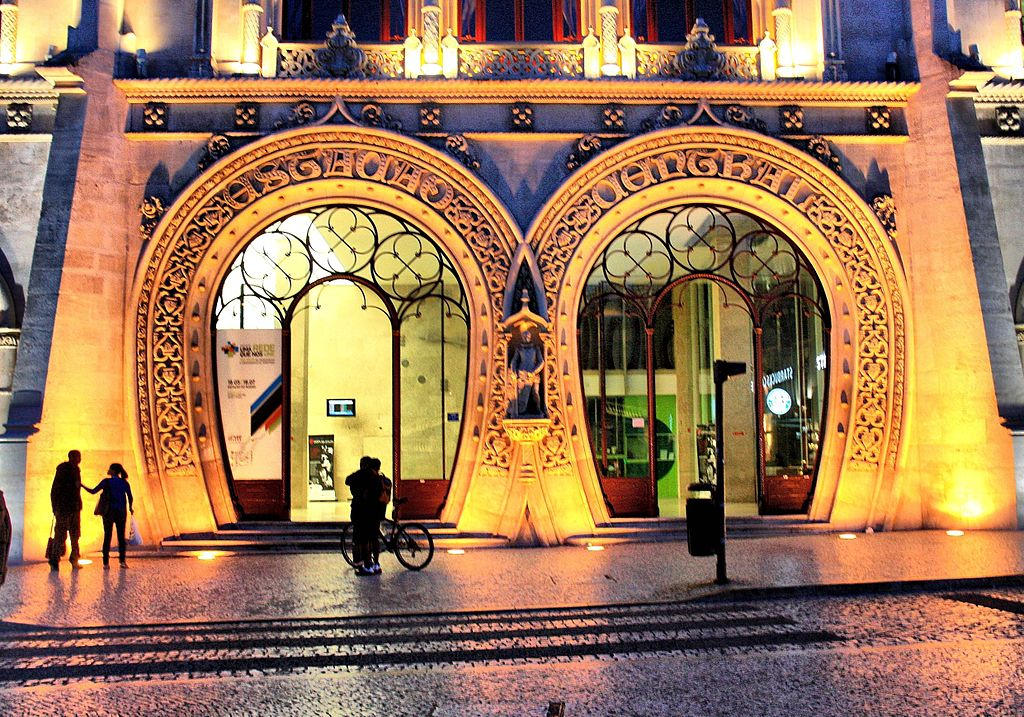In addition to its architectural charm, the Rossio Railway Station holds historical significance. It was at this station that Sidónio Pais, the fourth President of Portugal, was assassinated in December 1918. The station underwent a period of closure for tunnel renewal work from 2004 to 2008, after which it resumed its role as a transportation hub.
Lisbon.vip Recommends
Today, the Rossio Railway Station continues to be an iconic landmark in Lisbon, blending its rich historical past with its role as a functional transportation facility. It stands as a testament to the architectural and engineering achievements of the 19th century while serving as a gateway for travelers exploring the region of Sintra and other destinations accessible by rail.





